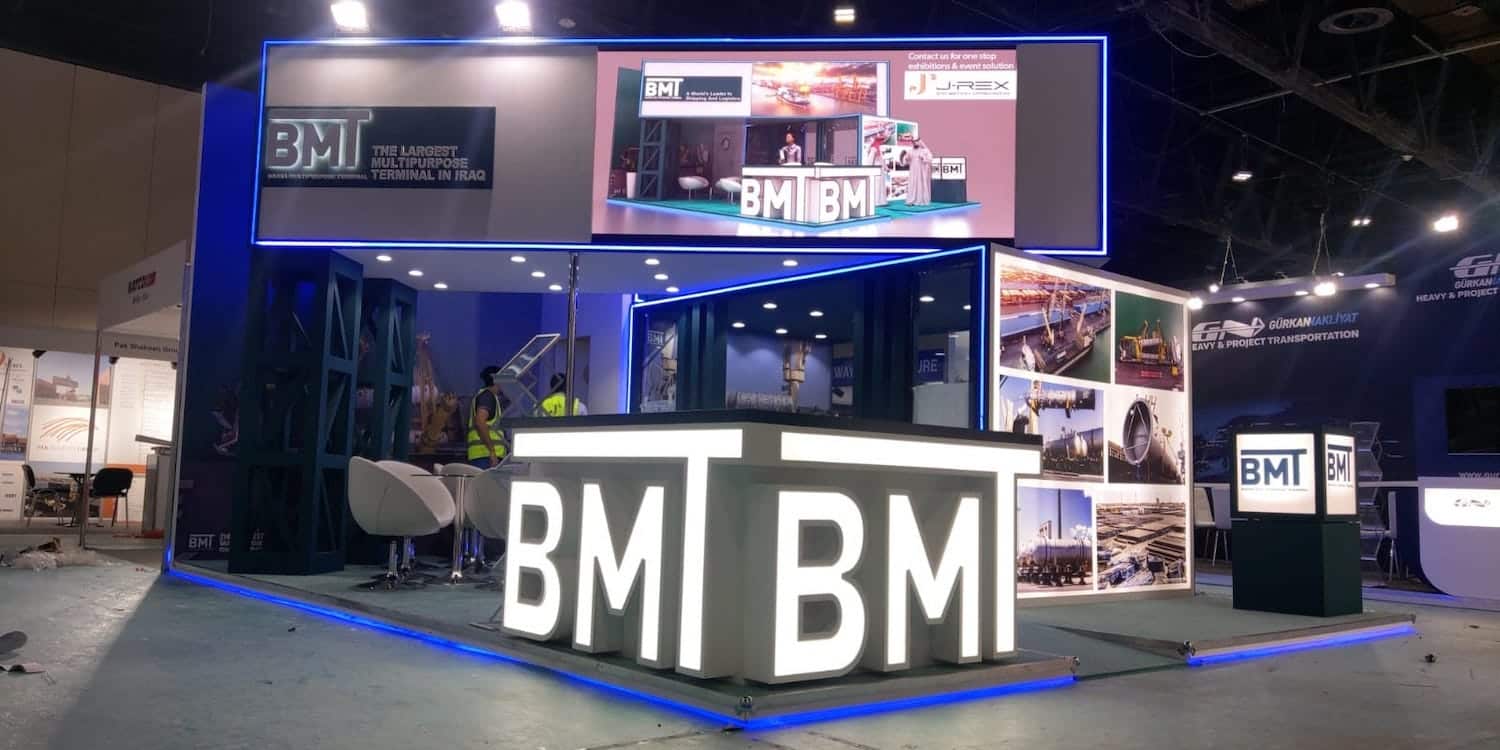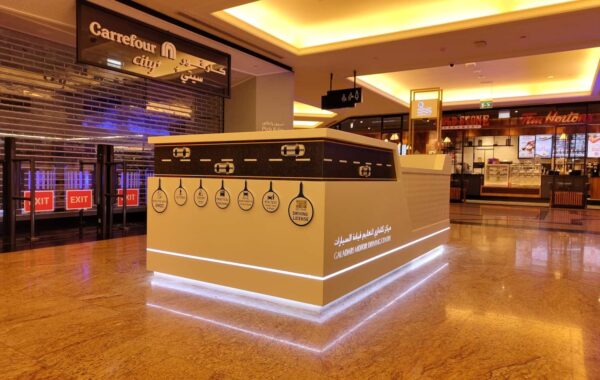In today’s fast-paced world, where digital experiences dominate, creating an immersive exhibition has become an art form in itself. Whether you’re a museum curator, event planner, or a business looking to make a lasting impression, mastering the art of immersive exhibitions is essential. In this guide, we will delve into the principles and strategies that can help you design exceptional exhibitions that captivate your audience and leave a lasting impact.
The Power of Immersion
Immersion is the key to making exhibitions memorable. When attendees are fully engrossed in an exhibition, they are more likely to absorb information, engage with the content, and remember the experience. Here are some strategies to achieve immersion:
1. Storytelling
Every great exhibition begins with a compelling story. Whether you’re showcasing historical artifacts or launching a new product, weaving a narrative around your content helps visitors connect on a deeper level. Use storytelling techniques to engage emotions and intellect.
2. Multi-Sensory Experience
Engage multiple senses to create a holistic experience. Incorporate elements like touch, smell, and sound to enhance the immersion factor. For instance, in a historical exhibition, let visitors touch replica artifacts to connect with the past.
3. Interactive Technology
Leverage technology to create interactive elements. Augmented reality (AR) and virtual reality (VR) can transport visitors to different worlds. Interactive touch screens, mobile apps, and digital displays can provide in-depth information and engage visitors actively.
4. Lighting and Atmosphere
The right lighting and atmosphere can set the mood for your exhibition. Experiment with different lighting techniques to create the desired ambiance. Use color psychology to evoke specific emotions.
Design Principles for Immersive Exhibitions
Now that you understand the importance of immersion, let’s explore the design principles that can transform your exhibition into an exceptional experience:
1. Spatial Design
Consider the layout and flow of your exhibition space. Create a clear path for visitors to follow, leading them through the narrative. Use different zones or rooms to segment content and provide a sense of progression.
2. Minimalistic Design
Less is often more in exhibition design. Avoid clutter and distractions. Focus on the essentials to ensure that visitors can absorb the main message without feeling overwhelmed.
3. Aesthetic Cohesion
Maintain consistency in design elements such as color schemes, typography, and graphics. A cohesive aesthetic helps in conveying a unified message and enhances visual appeal.
4. Accessibility
Design with inclusivity in mind. Ensure that your exhibition is accessible to people with disabilities. Provide tactile elements, audio descriptions, and ample space for wheelchair users.
5. Flexibility
Make your exhibition adaptable to different audiences and purposes. Consider modular displays that can be rearranged or updated easily to accommodate changing exhibits or events.
Practical Tips for Exhibition Success
Now that you have a solid foundation in immersive exhibition design, let’s explore some practical tips to ensure your exhibition is a success:
1. Audience Research
Understand your target audience. What are their interests, expectations, and preferences? Tailor your exhibition to resonate with them.
2. Budget Planning
Create a realistic budget that accounts for all aspects of your exhibition, from design and construction to promotion and maintenance.
3. Collaboration
Collaborate with experts in various fields, such as graphic designers, architects, and curators. Their expertise can elevate your exhibition’s quality.
4. Promotion
Invest in marketing and promotion to ensure your exhibition reaches a wide audience. Utilize social media, email marketing, and partnerships with relevant organizations.
5. Feedback and Evaluation
After the exhibition, gather feedback from visitors and stakeholders. Analyze the data to identify areas for improvement in future exhibitions.
Conclusion
Creating an immersive exhibition that leaves a lasting impression is a blend of art and science. By combining storytelling, multi-sensory experiences, and thoughtful design principles, you can master the art of exhibition design. Remember to stay flexible, adapt to your audience, and continuously refine your approach. With dedication and creativity, you can create exhibitions that captivate and inspire visitors for years to come.




